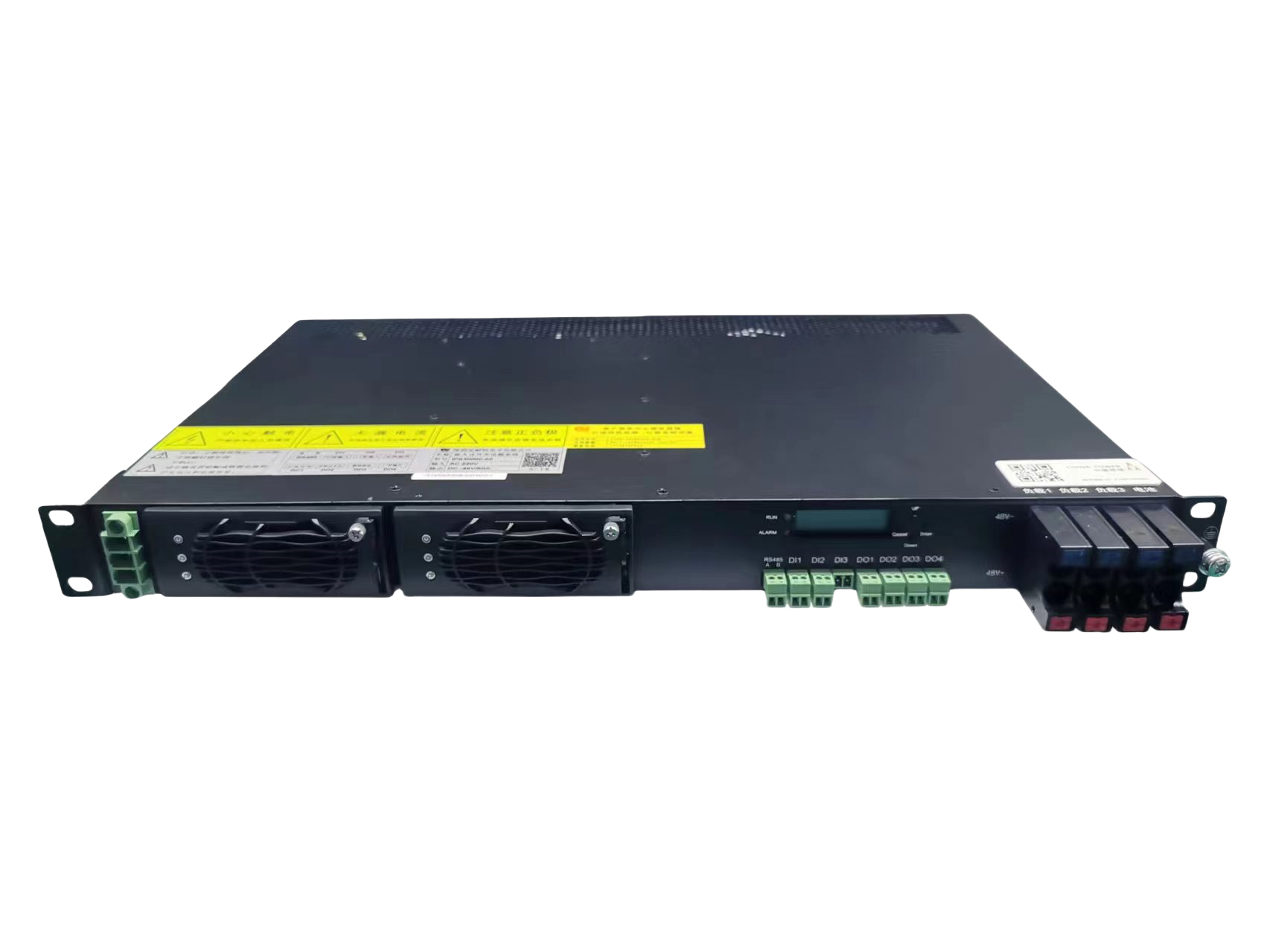Tell : 0086 135 1058 5626 E-mail : info@nasn.cn
- All
- Product Name
- Product Keyword
- Product Model
- Product Summary
- Product Description
- Multi Field Search
Views: 0 Author: Site Editor Publish Time: 2024-07-29 Origin: Site








RS-232 is a standard for serial data communication interfaces established by the Electronic Industries Alliance (EIA) in the United States. The original full name is EIA-RS-232 (commonly referred to as RS232). It is widely used for connecting computer serial interfaces to peripherals. The RS-232C standard is the third revision of this standard, established in 1969, with earlier versions being RS232B and RS232A. Due to the significant impact of RS-232-C, even though 9-pin connectors have been used since the IBM PC/AT era and the 25-pin connector specified by RS-232 is rarely used today, most people still commonly use RS-232C to refer to this interface.
RS485 buses are widely used in industrial control settings due to their simple interface, easy networking, and long transmission distances. Like RS232, RS485 is a communication interface based on serial ports, and the data transmission and reception operations are consistent. Therefore, they use the same WinCE underlying driver. However, their communication modes differ significantly in practical applications. The RS232 interface operates in a full-duplex communication mode, while the RS485 interface operates in a half-duplex communication mode, meaning that data transmission and reception cannot occur simultaneously. To avoid conflicts between data transmission and reception, the hardware uses direction switching, and the software must strictly separate the transmission and reception processes. The half-duplex network formed by the RS485 interface generally uses a two-wire system (although a four-wire system was used in the past, allowing only point-to-point communication, which is rarely used today), with shielded twisted pairs being commonly used for transmission. This wiring method follows a bus topology, allowing up to 32 nodes to be connected on the same bus. RS485 communication networks generally adopt a master-slave communication mode, where one master device communicates with multiple slave devices. In many cases, when connecting an RS485 communication link, a simple twisted pair is used to connect the "A" and "B" terminals of each interface. However, there is an issue with the signal ground. While the aforementioned connection method can work in many situations, it poses significant potential risks for two reasons:
RS485 Communication Interface Characteristics:
Electrical Characteristics of RS-485: Logic "1" is represented by a voltage difference of + (2—6) V between two wires, while logic "0" is represented by a voltage difference of - (2—6) V between two wires. The signal level of the RS-485 interface is lower than that of RS-232, making it less likely to damage the interface circuit's chips. Moreover, this level is compatible with TTL levels, making it easy to connect with TTL circuits.
The maximum data transmission rate of the RS-485 interface is 10Mbps.
The RS-485 interface uses a combination of balanced drivers and differential receivers, which enhances its ability to resist common-mode interference, making it highly resistant to noise.
The standard maximum transmission distance of the RS-485 interface is 4000 feet, but it can actually reach up to 3000 meters. Additionally, while the RS-232 interface allows only one transceiver on the bus, the RS-485 interface allows up to 128 transceivers on the bus, providing multi-station capability. This enables users to easily establish a device network using a single RS-485 interface.
Simple Network Management Protocol (SNMP) is part of the Internet protocol suite defined by the Internet Engineering Task Force (IETF). This protocol supports network management systems in monitoring devices connected to the network for any conditions that may warrant administrative attention. SNMP consists of a set of network management standards, including an application layer protocol, a database schema, and a set of data objects.


Our A-series rectifier systems and B-series rectifier systems fully support all three communication methods mentioned above: RS232, RS485, and SNMP. These systems are designed to seamlessly integrate into various industrial and network environments, providing flexible and reliable communication options. Whether you need simple serial communication with RS232, robust long-distance connectivity with RS485, or advanced network management capabilities via SNMP, our rectifier systems offer comprehensive support to meet your operational needs.